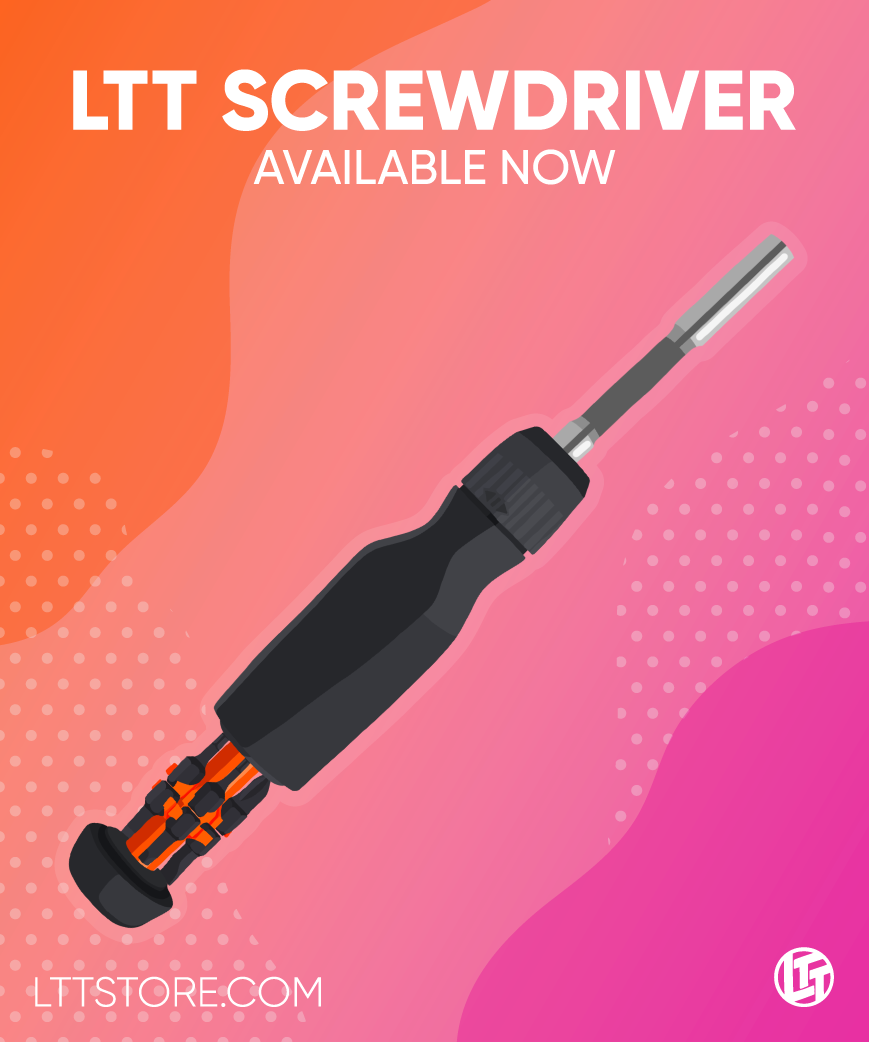The flawed math behind curved monitors
-
Featured Topics
-
Topics
-
jsnotlout1 ·
Posted in Graphics Cards3 -
c1asse ·
Posted in Console Gaming1 -
1
-
Artur Hawkwing ·
Posted in Storage Devices1 -
Blazepoint5 ·
Posted in Laptops and Pre-Built Systems1 -
INotPablo ·
Posted in Graphics Cards0 -
3
-
Teary_Oberon ·
Posted in CPUs, Motherboards, and Memory6 -
2
-
Dragonwinged ·
Posted in Networking1
-



.thumb.jpg.e773e7935d4eca516d76487b1c646e4c.jpg)


.thumb.jpeg.9babd505c85c11addf31a285a02547cc.jpeg)








Create an account or sign in to comment
You need to be a member in order to leave a comment
Create an account
Sign up for a new account in our community. It's easy!
Register a new accountSign in
Already have an account? Sign in here.
Sign In Now